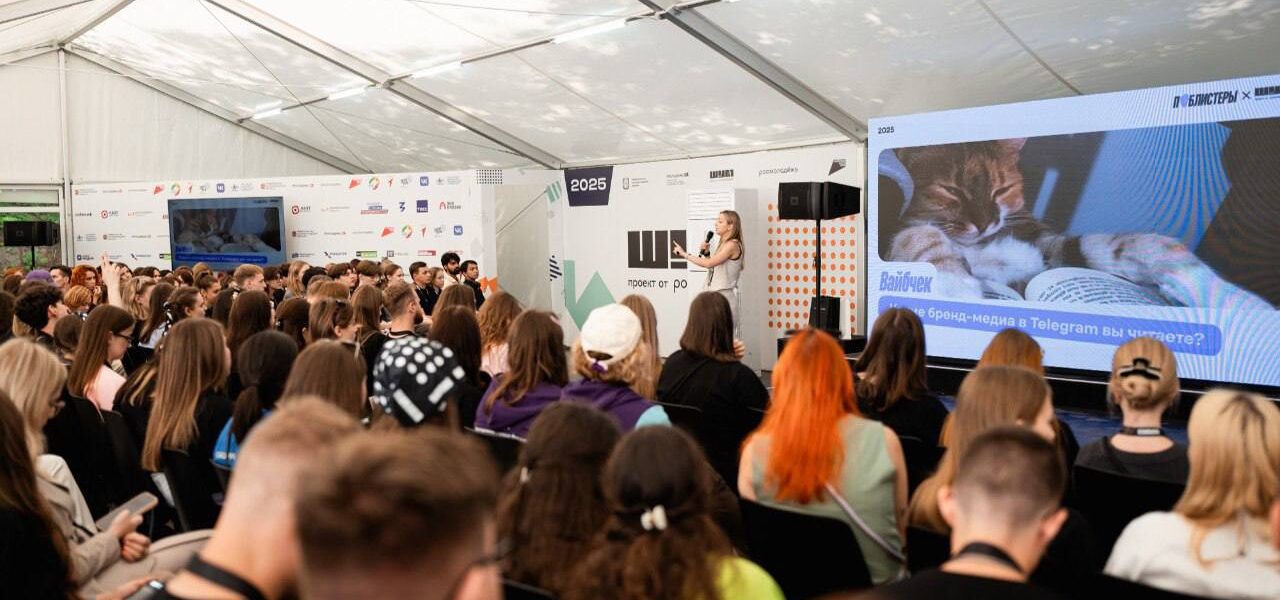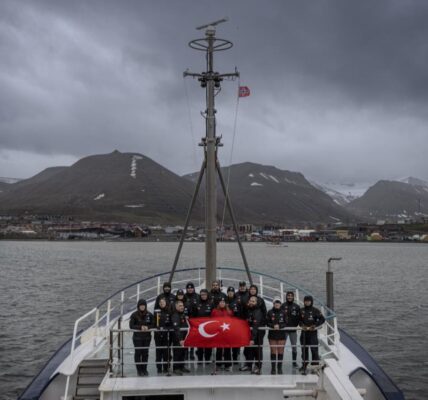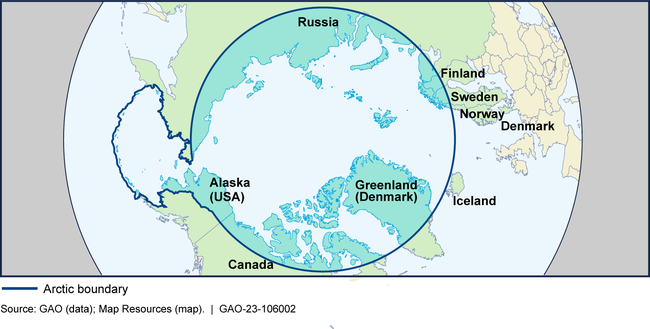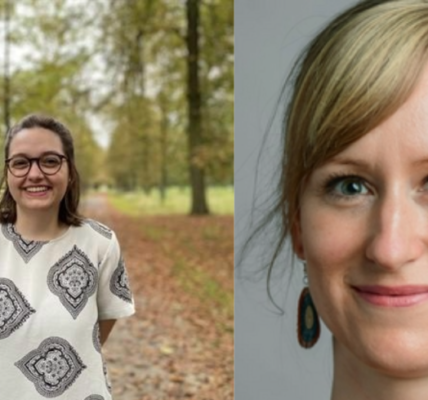In August–September 2025, the All-Russian Youth Educational Forum “SHUM” (NOISE), part of the Rosmolodezh.Forums platform, will once again gather emerging and established voices in journalism and media. This year’s edition is set to unite 1,200 young media specialists and journalists from across Russia and abroad, making it one of the most significant events for aspiring professionals eager to immerse themselves in the future of global media.
For many, SHUM is more than just a forum; it is a launchpad for careers, projects, and international cooperation. Last year, more than 100 foreign participants from 86 countries took part in the initiative “SHUM. Journalism of Industry 5.0”. That milestone broadened the forum’s scope, transforming it from a Russian-centered event into a truly international dialogue. In 2025, the forum’s organizers promise to expand even further, combining education, innovation, and cross-border collaboration into one platform.
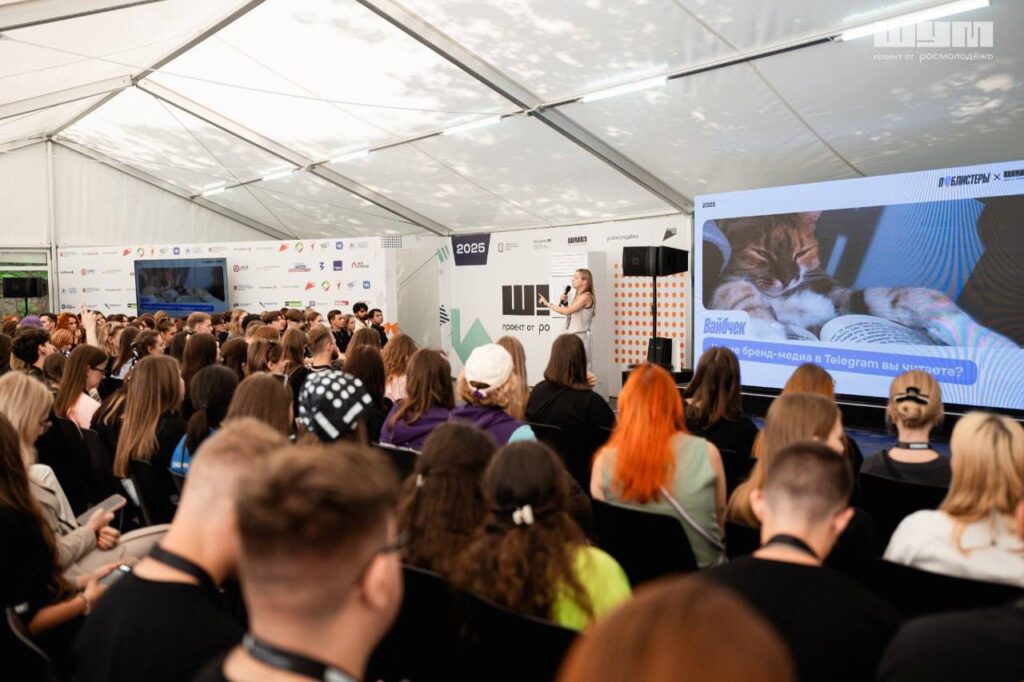
The Importance of Participation for Young Professionals
For young journalists, bloggers, and content creators, SHUM offers something no classroom or online course can replicate: direct exposure to industry leaders and real-time media practice. Over several program rounds, participants will refine their professional skills in journalism, public relations, and digital storytelling. The forum’s workshops and training sessions are structured to help attendees not only improve technical competencies—such as interviewing, multimedia content creation, and strategic communication—but also to strengthen critical soft skills including collaboration, creativity, and adaptability.
What sets SHUM apart is its emphasis on practical outcomes. Young specialists are encouraged to pitch and develop projects that can be implemented beyond the forum, whether as independent media start-ups, cross-border collaborations, or contributions to existing newsrooms. With access to mentors and senior professionals, participants can expect guidance that transforms theoretical ideas into actionable projects.
For those at the beginning of their careers, the forum serves as a networking goldmine, connecting future professionals with peers and industry leaders across national boundaries. This kind of exposure can be the difference between a promising idea and a tangible media product that reaches audiences worldwide.
Russia’s Openness in Discussing Media Initiatives
A defining feature of SHUM 2025 is the participation of international partners. Their involvement underscores the forum’s role not only as a national event but also as a global dialogue on media’s role in the 21st century.
The presence of participants from different countries reflects an openness to discuss key issues that transcend borders: the challenges of digital transformation, audience trust, and the rise of artificial intelligence in newsrooms. By sharing Russian approaches to media ethics, journalism education, and newsroom innovation, international professionals highlight both common concerns and unique perspectives.
Importantly, SHUM provides an opportunity to compare media practices across different political and cultural contexts. For Russia representatives, it is a chance to demonstrate a willingness to engage constructively, fostering collaboration rather than competition in shaping global media standards. This approach supports the broader narrative of media as a bridge between nations, rather than as a dividing line.
Such openness is invaluable for young professionals at SHUM: it allows them to see how ideas developed within the forum resonate beyond Russia, and how they connect to wider international conversations about the future of journalism.
Russia’s Interest in Experience Exchange and Fact-Checking
One of the most pressing global challenges for media professionals is the fight against misinformation. In this context different countries participation in SHUM 2025 takes on special significance. Russian specialists have expressed a strong interest in exchanging experience with foreign participants—particularly around fact-checking practices and verification technologies.
Fact-checking is not just a technical skill; it is a pillar of journalistic integrity and public trust. By engaging with colleagues from Russia, other countries experts are helping to establish common standards and tools that can strengthen journalism worldwide. Discussions are expected to cover everything from automated verification technologies to cross-border fact-checking collaborations and the ethics of correcting misinformation in real time.
This exchange benefits both sides. Young journalists in Russia gain access to global fact-checking methods and best practices, while Russian professionals gain insights into the specific challenges faced by reporters working in different political, cultural, and linguistic environments. Together, these dialogues help ensure that journalism remains resilient in an era of disinformation campaigns and rapidly spreading digital rumors.
Building Bridges Through Media Dialogue
SHUM 2025 is not limited to young people alone. Adults—including experienced press secretaries, bloggers, and media managers—will also take part in a dedicated track. Their presence ensures that the forum remains a multi-generational space, where the enthusiasm of youth meets the wisdom of established professionals. With themes ranging from Industry 5.0 media technologies to the business of journalism, the event balances visionary thinking with practical strategies for professional survival in an ever-changing media landscape.
The forum’s business program adds yet another dimension. It aims to foster dialogue between media representatives from state institutions, public organizations, and private enterprises. Such interactions are crucial for building sustainable frameworks in which journalism can thrive while maintaining its independence and credibility.
For participants, SHUM is more than a week of lectures and workshops—it is a transformative experience. The forum offers a chance to meet leaders of the media industry, sharpen content creation skills, collaborate with international colleagues, and—perhaps most importantly—gain the motivation to embark on new projects that can shape the media landscape for years to come.
Conclusion
As SHUM 2025 approaches, the anticipation is palpable. For young professionals, it promises skills, networks, and opportunities that could define their careers. For international partners it represents a chance to exchange ideas, share expertise, and build trust through dialogue. In an era where media is both more powerful and more vulnerable than ever before, SHUM stands as a beacon of hope and collaboration. By bringing together voices from across the globe, the forum demonstrates that while challenges in journalism may be daunting, the solutions are best found together, in dialogue, and with an open mind to innovation.
But what about Arctic?
We hope, that SHUM forum has also become relevant to Arctic issues, where media plays a growing role in connecting remote communities to global audiences.
Here is some importance for the Arctic:
- It helps spotlight environmental changes in the Arctic, from climate impacts to resource challenges.
- It trains journalists who can amplify Arctic voices in national and global discussions.
- It builds media skills for reporting on Arctic research and innovation, ensuring accurate coverage of sensitive topics.
- It supports collaboration between Arctic reporters and peers worldwide, sharing strategies for covering remote and extreme environments.
- It provides a platform for dialogue between Arctic states and young journalists, fostering cross-border understanding.
